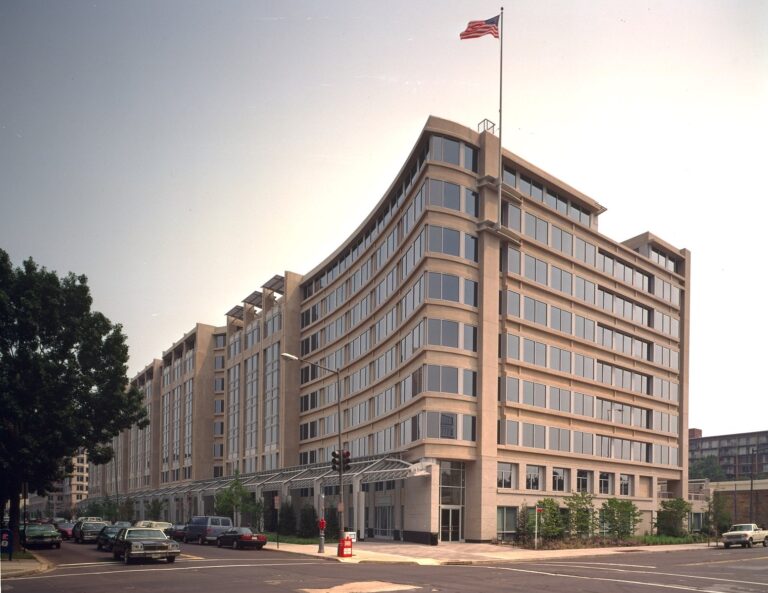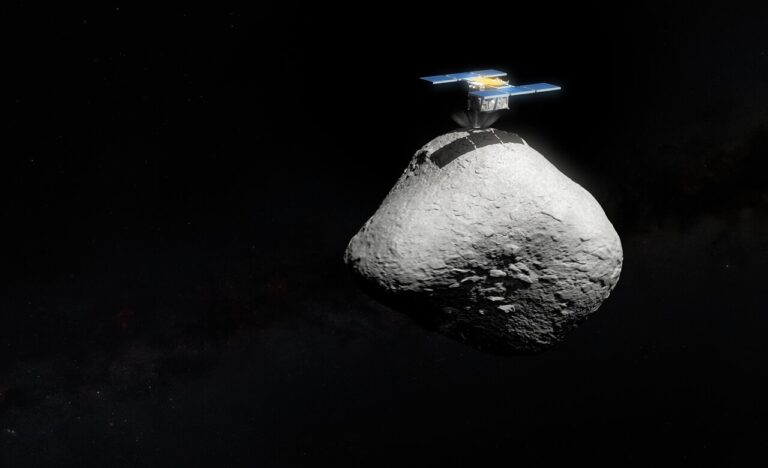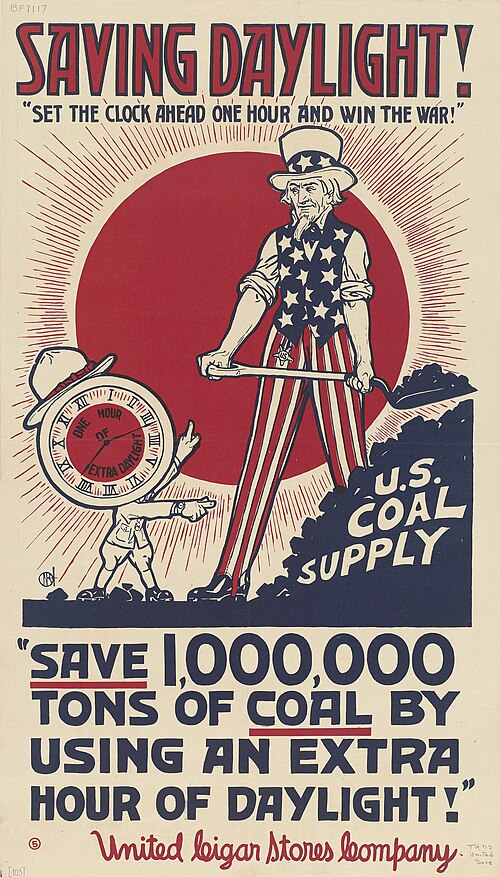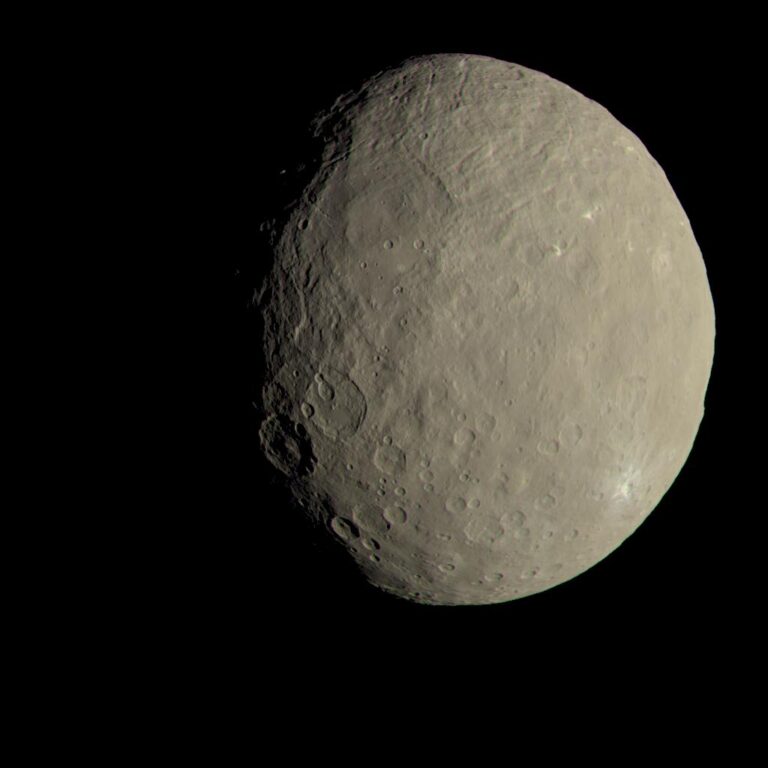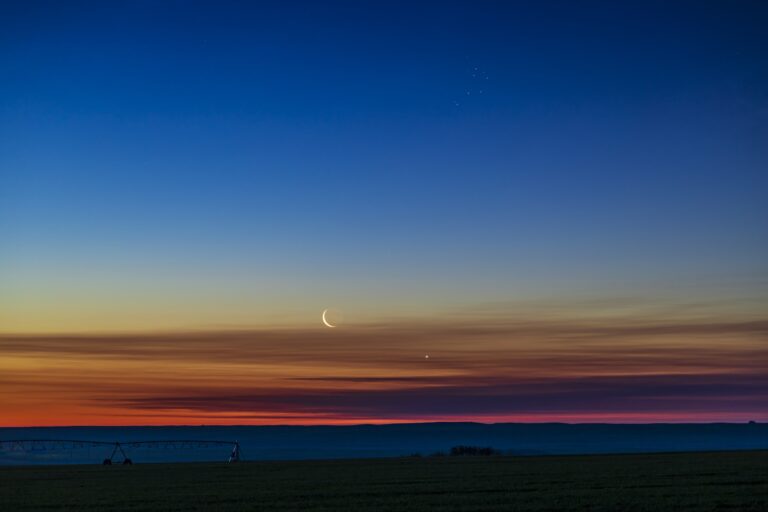Key Takeaways:
If you shoot a light beam straight up from Earth’s surface to the top of a 100-foot (30.5 meter) tower, relativity predicts the light frequencies measured at the top and bottom of the tower will differ. Specifically, light at the top of the tower will be shifted into slightly longer, redder wavelengths.
The trouble is, this difference appears only in the fifteenth decimal place. So, if you can’t determine the light’s actual frequency to something close to this accuracy, you won’t be able to tell the wavelength difference be-tween light at either end of the tower – and you won’t be able to test this Einstein prediction.
Atoms emit light when electrons jump from one orbit to another. When you look at the light given off by a collection of atoms, some emitting atoms are moving toward you and some away. This movement results in slight changes in the frequencies of light observed from different atoms. This is the Doppler effect. In addition, when atoms emit light, they recoil just as a gun recoils when it “emits” a bullet. This, too, changes the frequency of light an observer sees. These effects – and many others – smear the frequencies of light so we detect a range of frequencies spread out in the familiar bell curve. If the bell curve’s width is too big, this smearing hides the small gravitational redshift associated with relativity.
Today, we use lasers to produce light at precise frequencies. But lasers weren’t available in 1959, so in order to test this aspect of relativity, physicists had to find some other way to reduce the width of the bell curve.
Two American physicists, R. V. Pound and G. A. Rebka, realized they could apply a newly discovered phenomenon to the task. Certain atoms in solids emit precise frequencies due to the Mössbauer Effect. Atoms in solids are locked in a crystal lattice, so when an atom emits light, it shares its recoil among all the atoms in the system. This greatly reduces the emitted light’s frequency spread and reduces the width of the bell curve.
In 1960, when Pound and Rebka carried out the tower experiment, they found they could produce bell curves only 100 times wider than the expected difference in frequency between the top and bottom of the tower. With some experimental and data-analysis tricks, this allowed them to see the gravitational redshift for the first time.
This illustrates an important point. Sometimes answers to the deepest questions (in this case, the nature of space-time) depend on the grubbiest details of experimental technique (like measuring the frequency of a light beam). — JAMES TREFIL, GEORGE MASON UNIVERSITY, FAIRFAX, VIRGINiA

